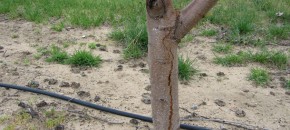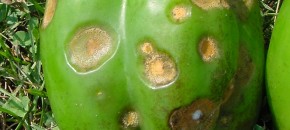Members of New Jersey’s agricultural community who have an interest in advancing soil health and cover crops in New Jersey are invited to participate free of charge in the National Cover Crops and Soil Health Forum. The forum will bring together key leaders, researchers, innovators and policy makers in American agriculture to examine the benefits, […]
Continue reading...2014 Tree Fruit Meetings for Commercial Growers
A full slate of tree fruit meetings sponsored by the New Jersey Agricultural Experiment Station and Rutgers Cooperative Extension have been scheduled for the upcoming 2014 growing season. The season begins with: South Jersey Tree Fruit Meeting – February 13 @ RAREC Note: New Date Feb 14 North Jersey Fruit Meeting – March 7 @ […]
Continue reading...NJ Agriculture Convention and Trade Show
Date: February 4-6, 2014 Location: Trump Taj Mahal, Atlantic City, NJ Complete program and registration materials are available now at the NJ Vegetable Growers Association website. Hope to see you in AC! View Convention Program
Continue reading...How Cold Did it Get?

In early January much of the nation was caught in the grip of a “polar vortex”. An arctic air mass reached well down into the southern parts of the country bringing the coldest temperatures and wind chills we’ve seen in nearly 20 years.
Continue reading...Mitigating Losses to Pepper Anthracnose

In recent years, pepper anthracnose caused by Colletotrichum spp. has become a significant problem on some farms in southern New Jersey. Unlike in tomato, where symptoms are only present in mature (red) fruit, pepper anthracnose can infect pepper fruit at any growth stage.
Continue reading...Abnormally Dry to Moderate Drought Condition
in Much of NJ
By Jim Murphy I mentioned in my previous post that dormancy has been apparent in many non-irrigated turfs. These conditions still persist throughout the central and northern NJ. You can view the distribution and severity of the dry conditions throughout the northeastern U.S. at http://www.nrcc.cornell.edu/page_drought.html This map shows that southern NJ is not experiencing drought conditions; […]
Continue reading...